
views
- Search for your state or municipality’s formatting rules online, then look for templates or examples to copy to familiarize yourself with the requirements.[1]
- Draft your pleading on legal paper and include your identifying information and a caption that states the involved parties and case number.
- Draft the body with numbered paragraphs, double spacing, clear headings, and page numbers. Include a certificate of service in your submission.
Learning the Requirements

Find a pleading form. Some courts have “check the box” or “fill in the blank” pleading forms, which make the process easy. First, see if your court has form pleadings. Often, these should be listed on the website for the court. If you can’t find any, call and ask the clerk of court.
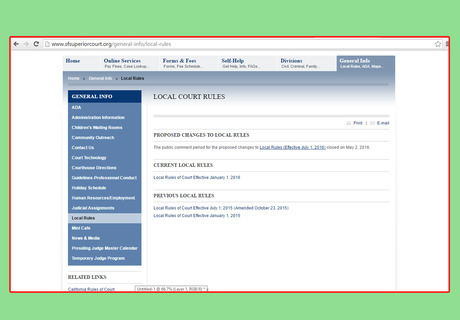
Get a copy of the local rules. Many states and counties have “local rules” that address how pleadings should be formatted. For example, some courts require that pleadings be on special paper. Sometimes “local rules” are posted on the court’s website. You can also ask the clerk of court for local rules. He or she should be able to point you in the right direction. You should always follow the local rules. If something in these directions contradicts the local rules, then follow the local rules.

Find an example to copy. If you can find an example of a pleading that has already been filed, then you can follow the formatting. If you are a defendant in a lawsuit, look at the complaint filed by the plaintiff. This should give you a good idea of how the pleading should be formatted. Also search on the web. Some courts will have copies of pleadings from filed lawsuits on the court website, but you can also use a search engine. Type in the name of the court and “pleading.” If you can’t find an example from the court you are appearing in, then look for an example from another court in your state. Type your state and “pleading” into a search engine.
Formatting the Pleading
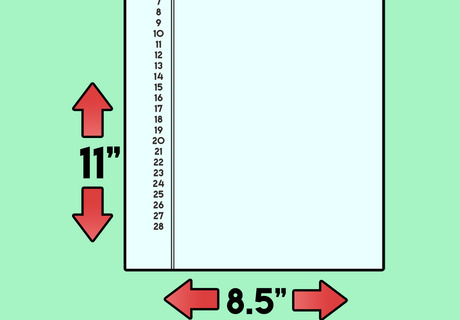
Use the correct paper. If the court requires special pleading paper, you can get it on the internet, from the courthouse, or from an office supply store. Pleading paper is legal paper that has numbers 1 through 28 in the left hand margin. If the court requires pleading paper, then you must draft legal pleadings on pleading paper. Otherwise, the court will refuse your document. If pleading paper is not required, the paper should be standard 8.5”x11” white paper, printed on only one side.
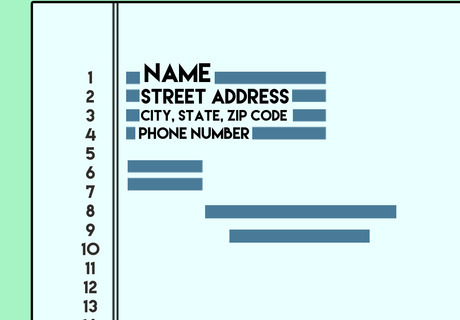
Include identifying information. Type your name, address, and phone number in the top left corner of the pleading paper. Use single-spaced lines. The format should look like this. On the first line, place your full name. The second line must state your street address. On the third line, list your city, state, and zip code information. The fourth and final line is for your complete phone number. The complete phone number includes all numbers needed to contact you for those calling you from outside of your local calling area.
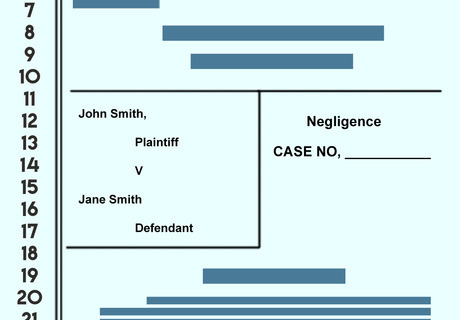
Insert a caption. The caption states the court where the case has been filed, the parties (for example, “John Smith, Plaintiff v. Jane Smith, Defendant”), the case number, and in some situations the type of case (e.g., “Negligence”). Leave a double space after the court's information. On the left side of the pleading paper, state the full name of the plaintiff in the case. On the next line, type the word "Plaintiff." Space down two lines and type a "v" which is an abbreviation for the word "versus." Double space one more time and state the full name of the defendant. On the next line type the word "Defendant." The case number will be assigned by the court clerk after the case has been filed. You can locate this number on your copy of the complaint. If you are filing the complaint, then type “Case No.” and leave a line blank.
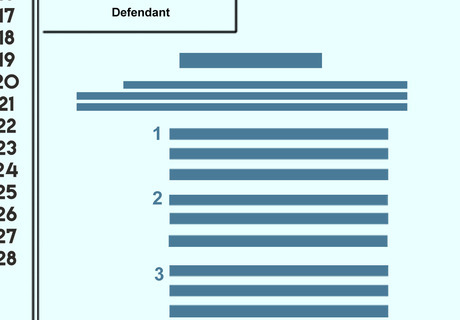
Draft the body of the pleading. After you've listed the parties, double-space down to begin drafting the pleading. The body of your pleading will include whatever information you want the judge to be made aware of, presented in the proper format. Number each paragraph if you are drafting an answer to the original complaint. Each numbered paragraph will correspond to each allegation in the complaint. Make your answers concise, only addressing one issue per numbered paragraph. Use double spacing for the entire body of the pleading. If you use single spacing, your pleading may be rejected by the court. Capitalize, underline, and place in bold the headings for your pleading. Unless you are drafting an answer to the original complaint, you will use headings to distinguish issues from one another. The judge will want to identify your headings quickly. By making them stand out in the document, the judge can more readily find them. Place page numbers at the bottom and in the center of each page. A page number must be used even if your pleading is only one page in length.
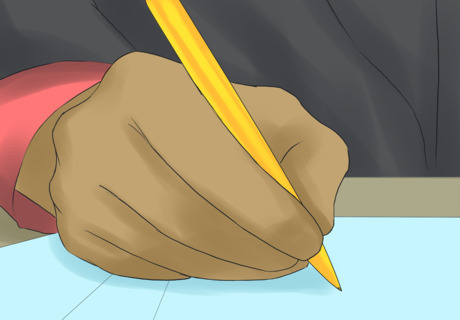
Sign and date the pleading. After the body of your pleading, double space and sign your pleading. Under your signature, type your full name. Across from your signature, date the document.

Include a certificate of service. You can insert the certificate of service at the bottom of the page. Center “Certificate of Service” on the page in all caps. Then, state that you served a copy of the pleading on the other party. Sample language could include, “I hereby certify that I have served a copy of this document on [insert name of other party] either by person or by mailing it postage prepaid on [insert the date].” Then insert a signature line and sign.




















Comments
0 comment